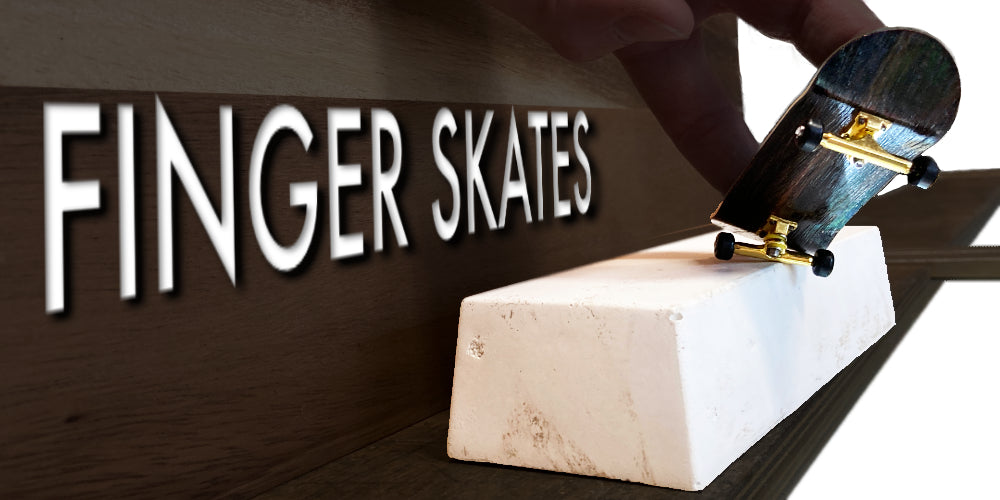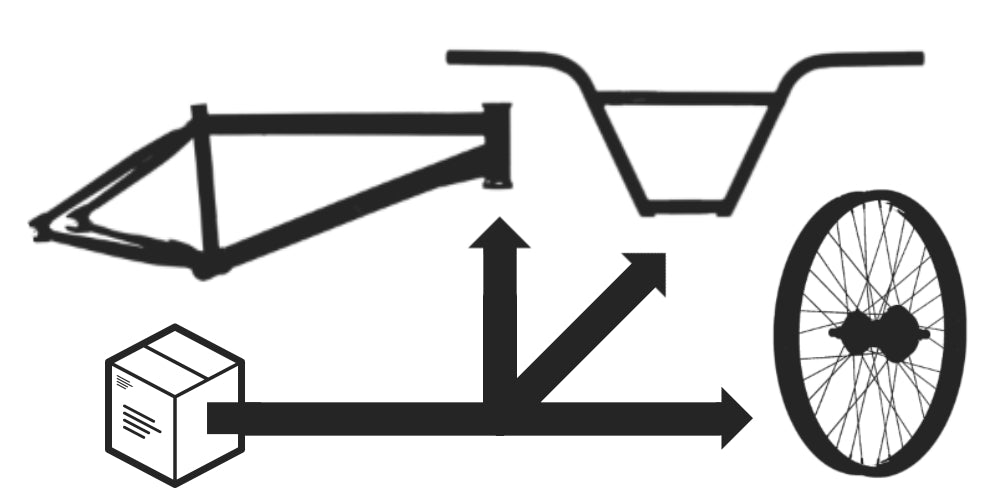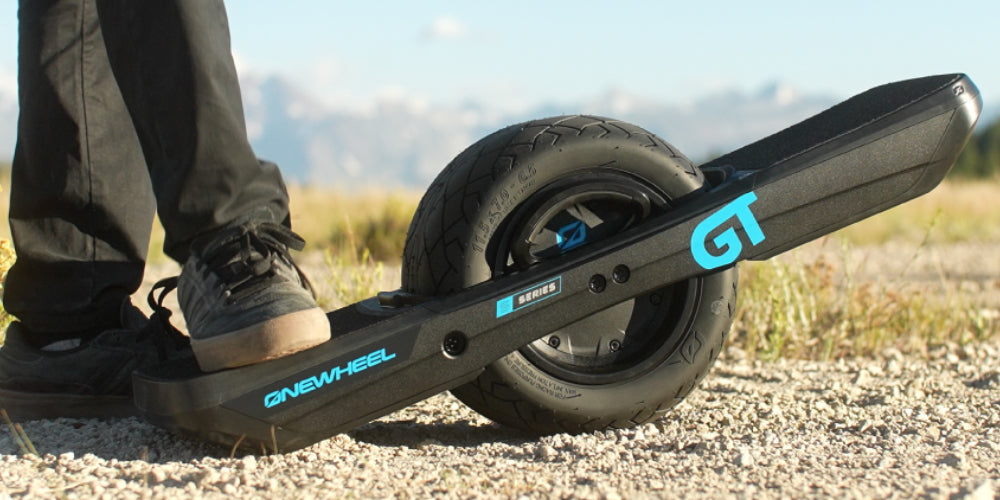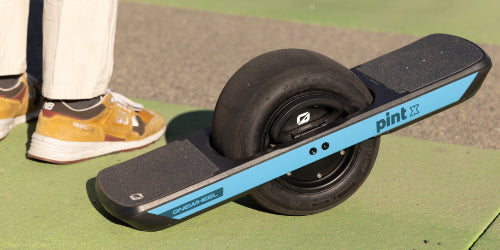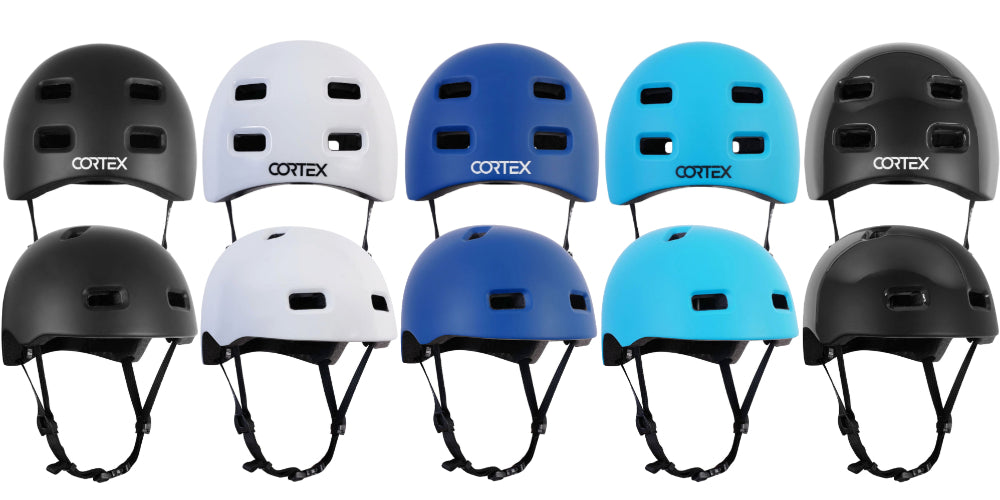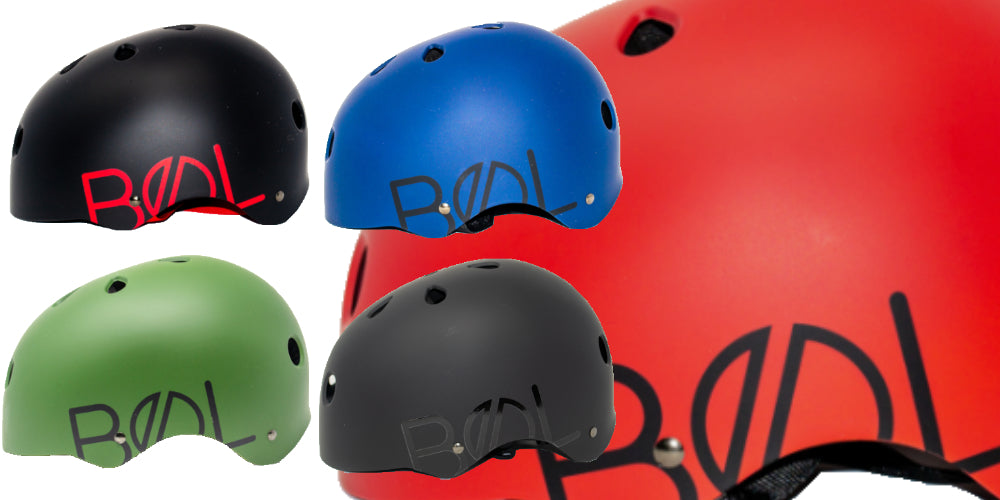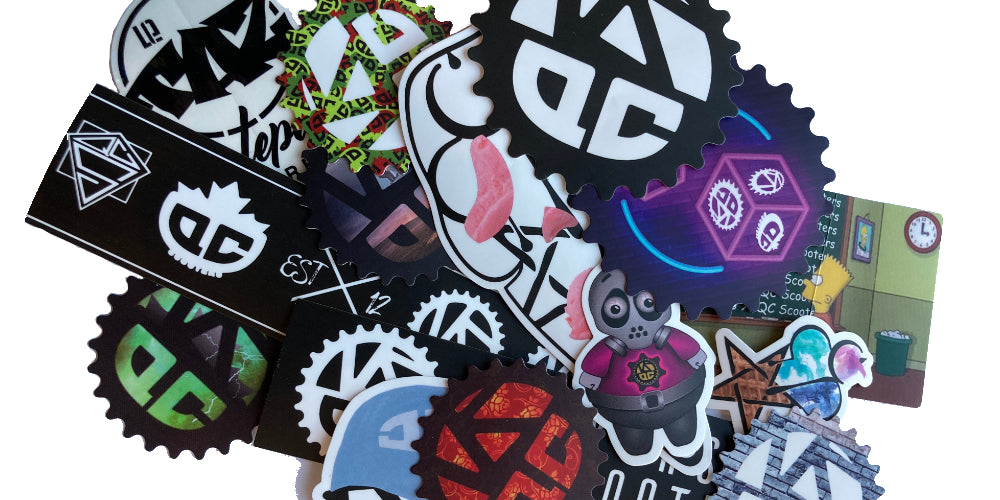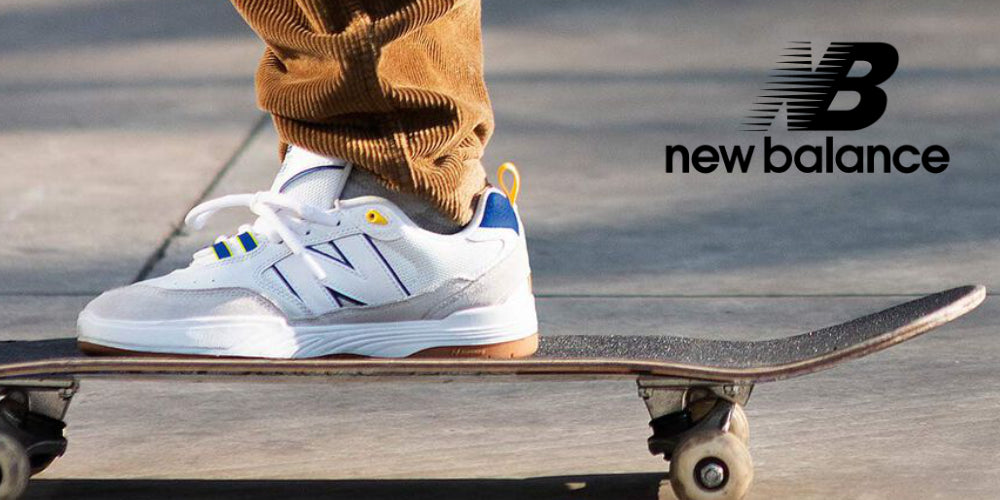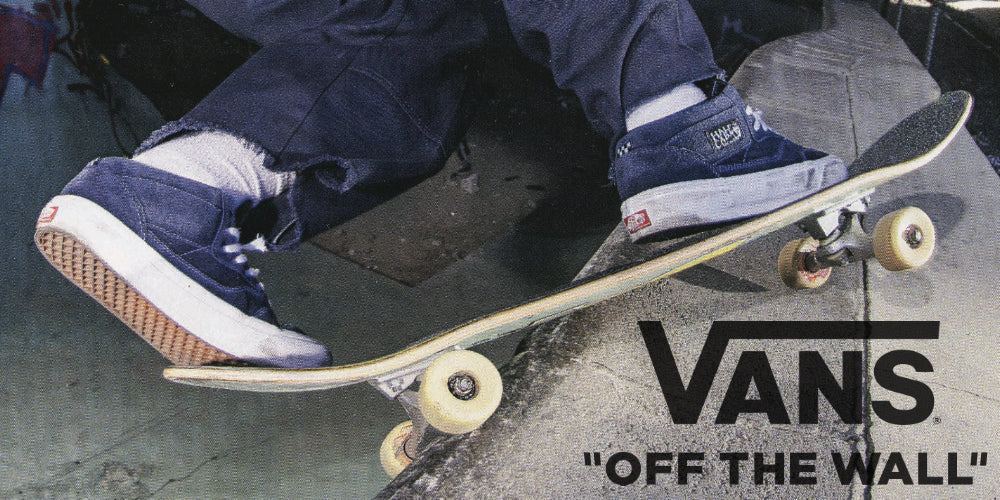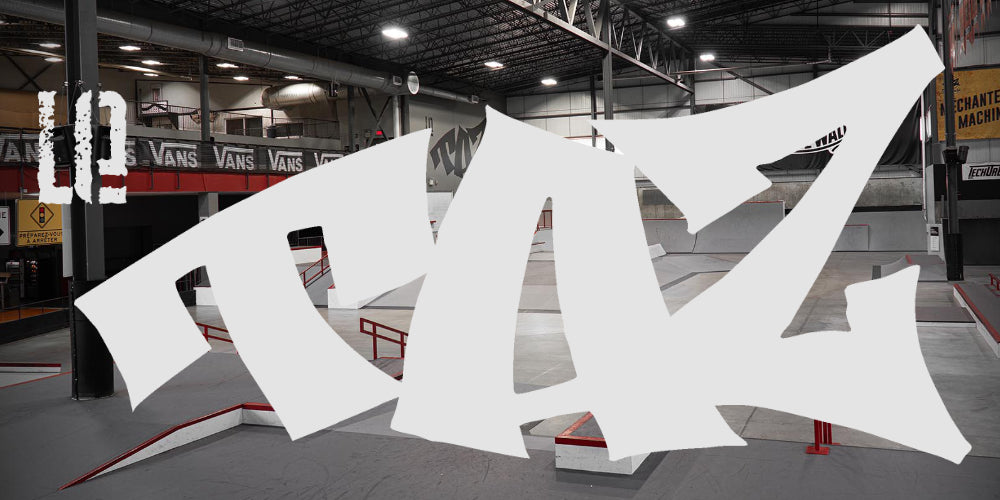This summer, we've seen an important increase in demand for 100mm wheels. It's weird since the use of that size as constantly been decreasing in the last 8 years or so. So why is it making a comeback? Is it worth it? Let's try to debunk what's going on.
Here's some pointers we need to know.
Weight
Yes, 100mm wheels are going to be lighter. They're 10mm smaller in diameter which means you have less material. But how much lighter? We've checked and the weight approximately goes 15% up by a10mm increase in size.
It's pretty much the weight of a double clamp. To put it in actual weight:
- From 100mm to 110mm, you gain around 65g.
- From 110mm to 120, you gain around 80g.
The phone you ride with in your pocket everyday is probably 2x or even 3x as heavy. But hardly any of you would take it out of that pocket for anything else then filming. That tells me the 65g more shouldn't bother to much on a set of wheels ;)
We've personally checked the weight of wheels that comes in different sizes for our estimations. We used Ethic DTC Incubes V1 and V2, Root Industries Airs and Honeycores, Trynyty WiFis, Oath Bermudas and Tilt Stage1s.
Whipping ability
You might wonder what that means and it means exactly what you just read. It seems that the 100mm wheels make tailwhips easier, so they say. Logically speaking, it's true. It makes the end of the scooter that whips 5mm shorter. Will you feel the difference? No
We also heard that the spoked wheels would whip better than the hollowcore because of wind resistance. Technically speaking, it's also true... Then again, you'll never feel that difference...
Might seems funny, but that's what it is.
Speed
That one is THE MOST IMPORTANT point. It's the only one where you'll really feel the difference when changing sizes of wheels and it should be the one to base you choice on. The bigger is the wheel, the faster it will be. That's the main reason why 100mm wheels kind of disappeared thru time (before now...). The 100mm weren't fast enough for park riders, likewise for street riders.
The benefit of the 110mm over the 100mm is great when riding and the ones in need of good speed to clear those big box jumps will appreciated the 120mm. You know, 10 years ago, you would never even think about having a freestyle mountain bike with wheels over 26in. «Bigger would be too weak» «Bigger would limit the agility» And now, it's hard to find a high end MTB thats not riding on 29in wheels. Same apply to scooters.
Wears
Smaller wheels wears faster. Not that you'll really see a difference, but there's still one. So now you know...
Height from ground
Bigger's your deck, bigger you'll want your wheels to be. Since the deck's larger, when the scooter's tilted, it will be easier to touch the ground. So you'll usually aim for bigger wheels with bigger deck.
Price
That category as to be here. It's one of the main reason that I could understand choosing 100mm wheels. They're usually a bit cheaper.
Choices
Since the 100mm size was in decline, choices are very limited for those. The 110mm still has the most variety of products and the 120mm are not to far behind.
FYI,
I decided to put aside 115mm and 125mm, mainly because they're so few and also the different width of wheels since what concerned us today was de diameter.
To conclude,
I think the benefits (speed and choices mostly) of switching from 100mm to 110mm greatly outweighs the cons (weight and price mostly). I can understand not switching from 110mm to 120mm as the speed of the 110mm is usually sufficient. It would really be more appreciated for more advance park rider in need of more speed and street riders wanting a smoother ride.


